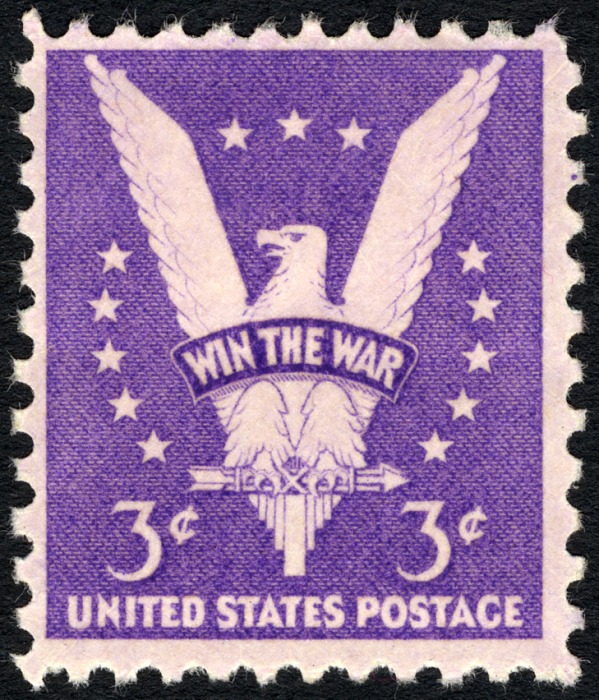Good thing movie plots have changed. Three Strangers strains credulity. Peter Lorre is the rogue/romantic lead, but that's not the weird part of the story. He and two friends, Jerome (played by Sidney Greenstreet!) and Crystal, buy a sweepstakes ticket together just before the Chinese New Year and make a pact to share any winnings. Of course the ticket is a winner but Crystal refuses to give money to Jerome, so he bops her over the head and kills her. Somehow Peter Lorre winds up with the winning ticket but he wants to go straight so instead of cashing in the ticket, which he fears would reveal his previous life of crime and connection with the other two in the pact, he burns it.
Love Letters is also preposterous. Two soldiers are serving in Italy during WWII. Soldier #1 asks #2 to write love letters to his girl, Cyrano de Bergerac style. Of course the girl (Jennifer Jones) falls in love with #1 on the strength of letters written by #2. Back home, girl and solider #1 get married but #1 is boozy and abusive. One day when he's beating up his wife, the wife's stepmom stabs him. Stepmom has a stroke...wife gets amnesia from the shock of the death...pretty convenient, wouldn't you say? The Jennifer Jones character is convicted and serves a year in jail. Soldier #2 hears the story, visits with her, and they fall in love.
Letter of October 18, 1945 mentions "A Song to Remember" which is a biopic of Frederic Chopin, starring Cornel Wilde as Chopin. Ruby, writing to Mom, says "I was favorably impressed with Cornel Wilde. I think that he will go places, and very soon at that." And that's exactly what happened. Too bad so many of Wilde's early films aren't available on DVD as yet.
Letter of October 29, 1945 says: "I saw Rhapsody in Blue and enjoyed it, if only because of the Gershwin tunes. I like them very much, altho I too think that the picture was a little too long. Cab Calloway is too noise for me. I don't like him at all." The movie was 135 min long, and since the main movie was accompanied by a short, a B movie, a newsreel, and who knows what else, it made for a long night in the auditorium.
Updated in 2022 with new links.


